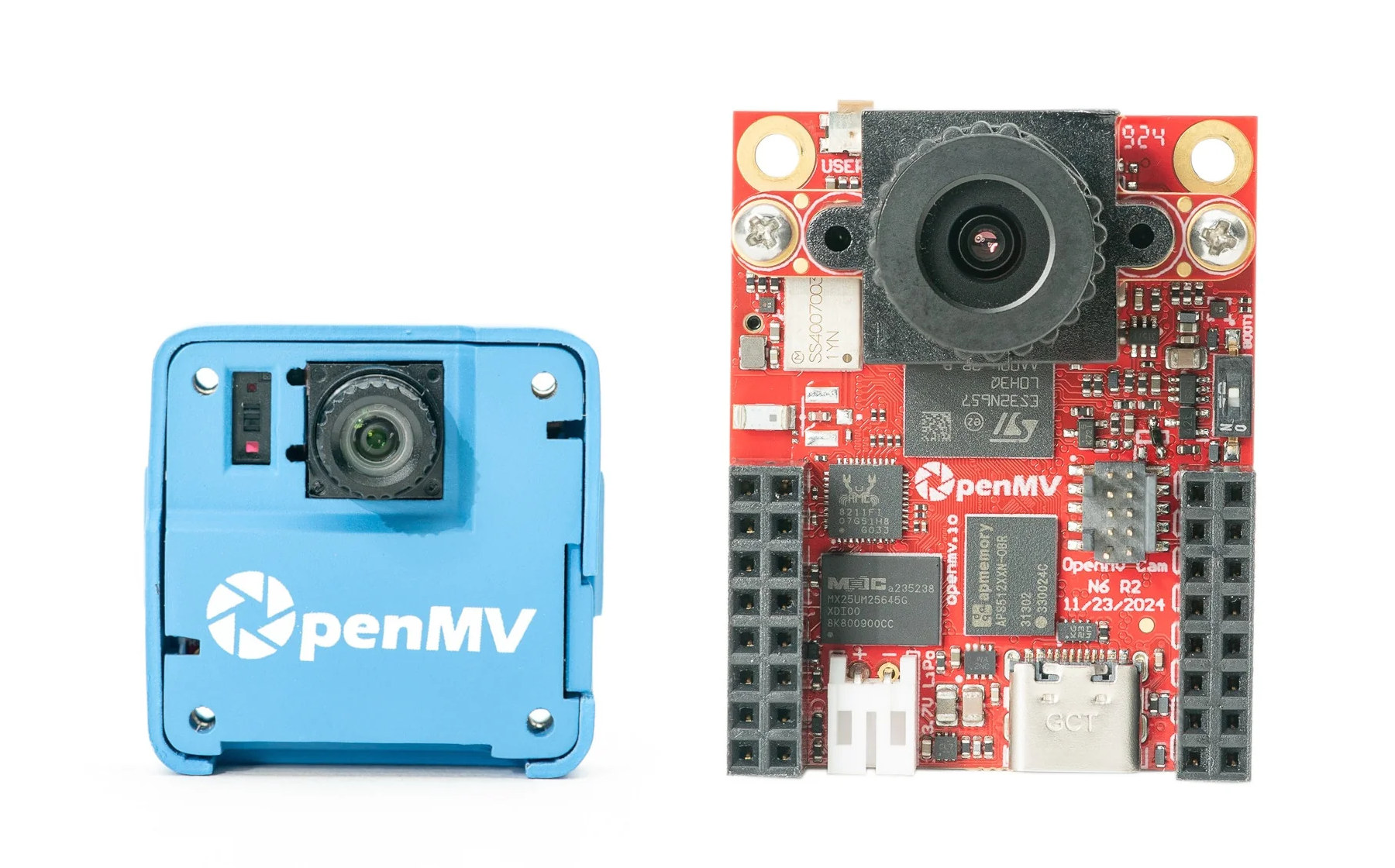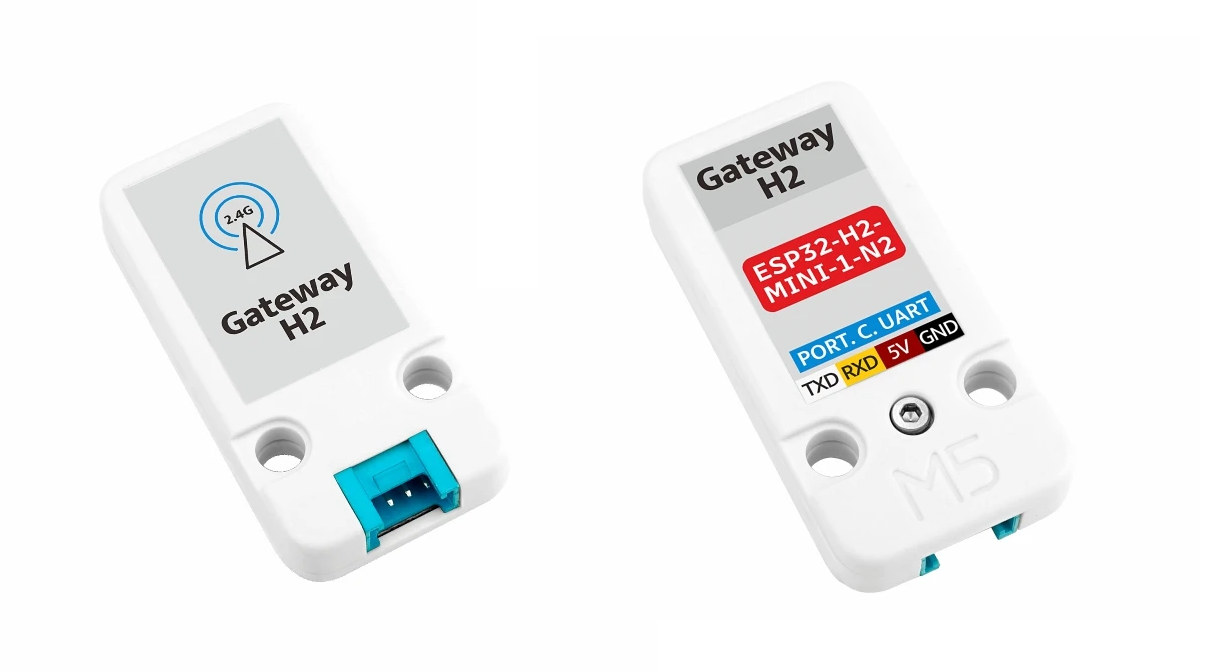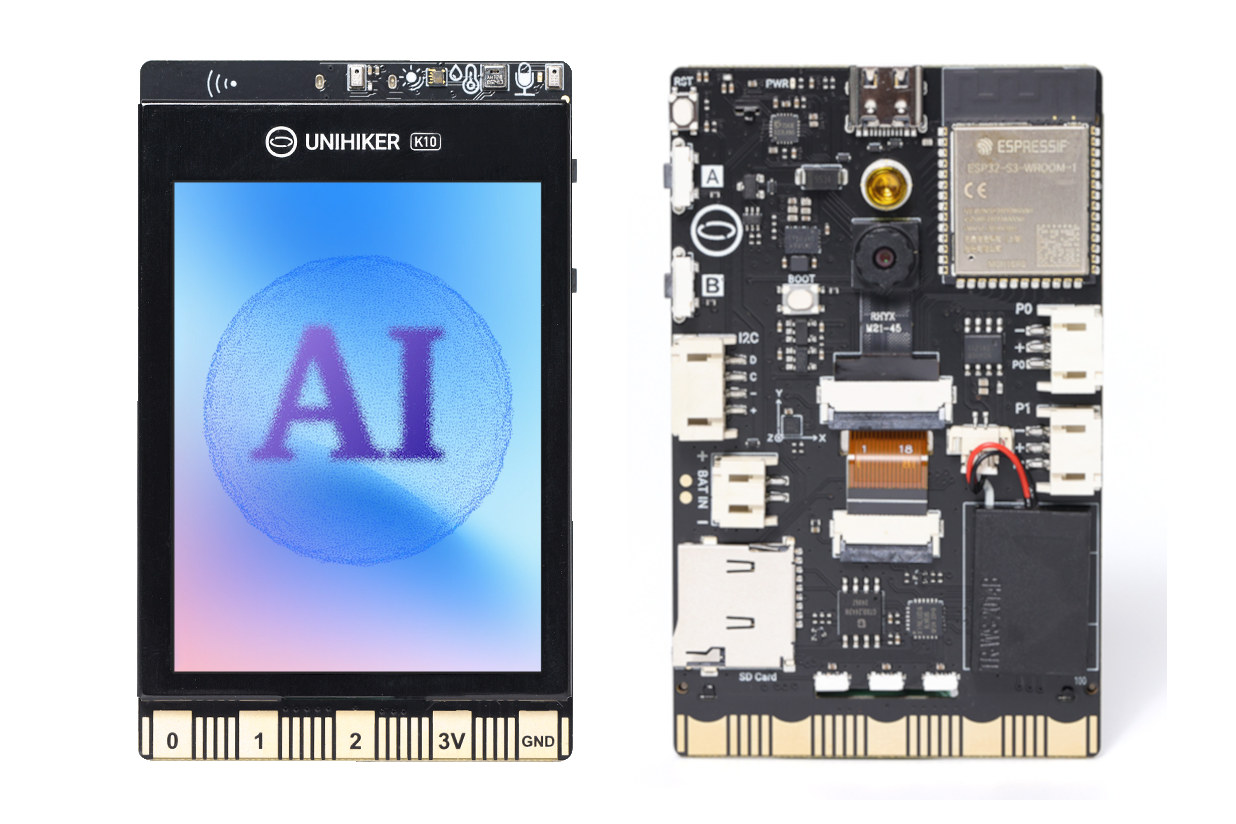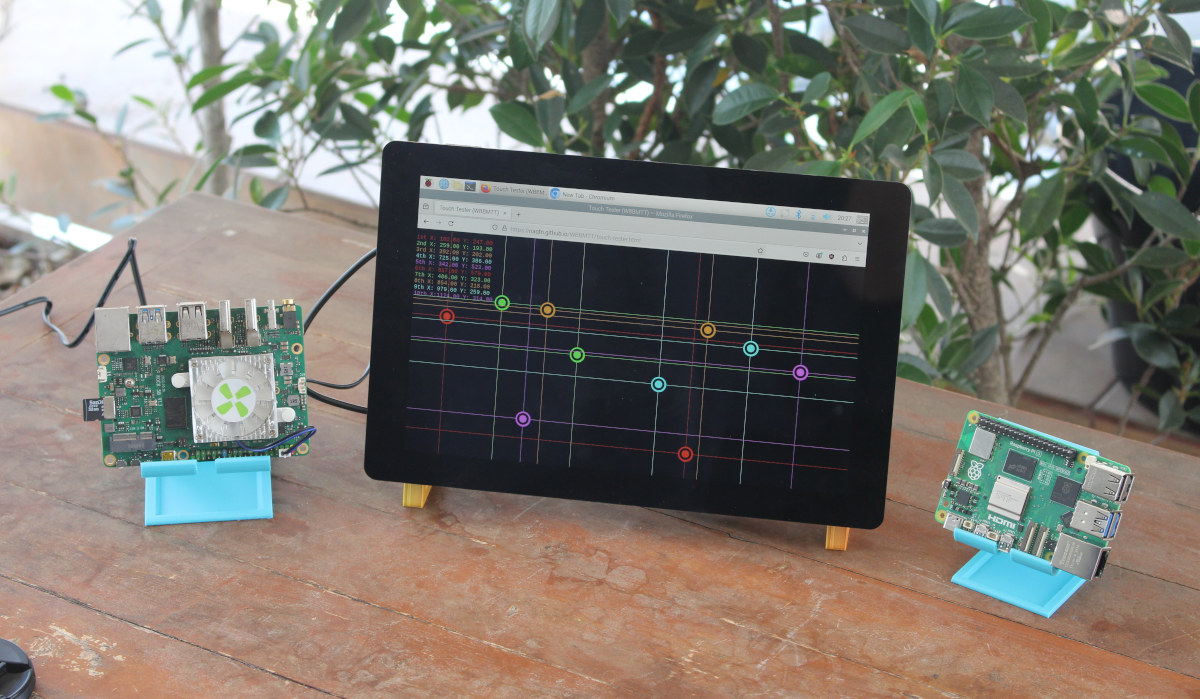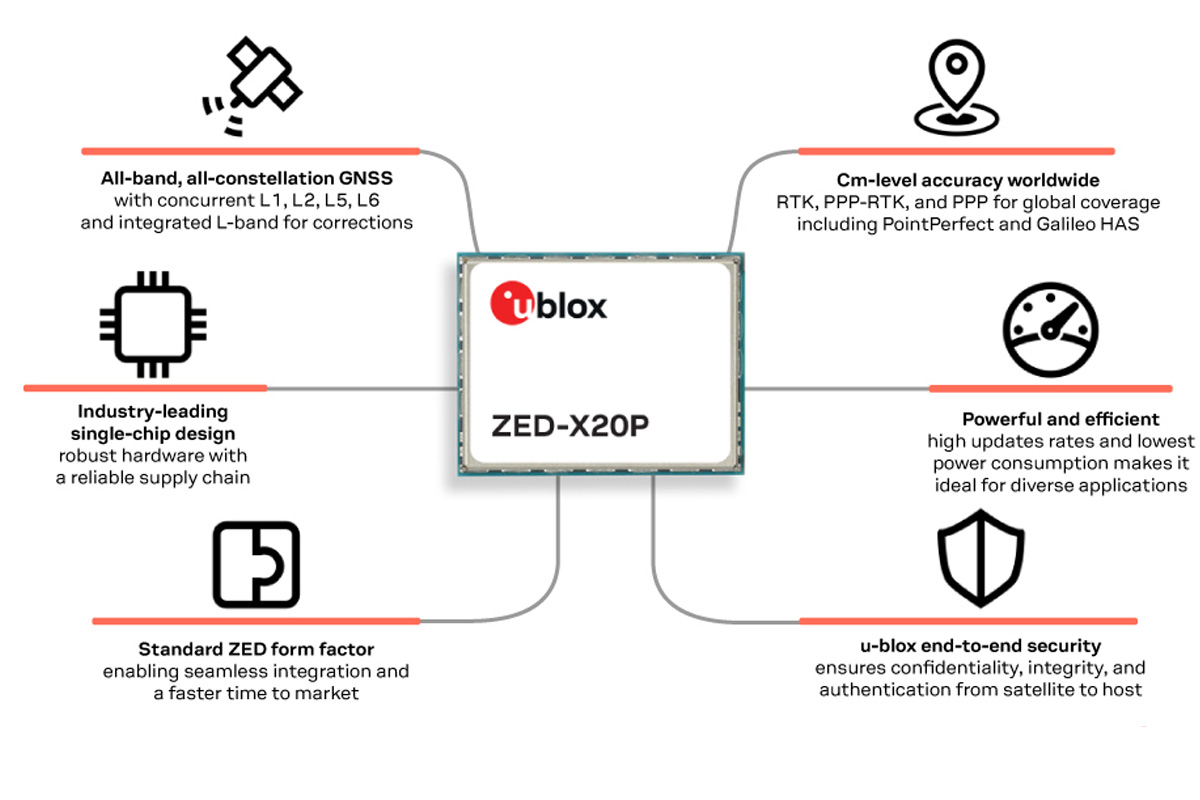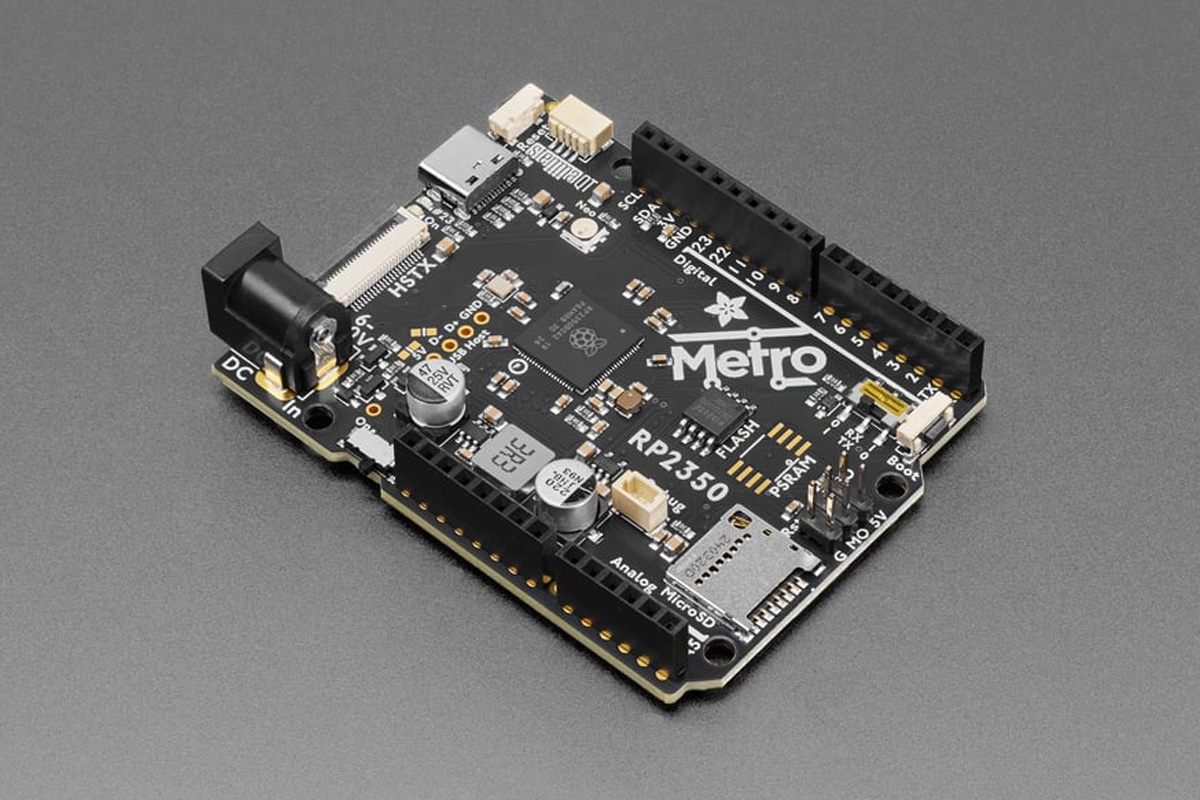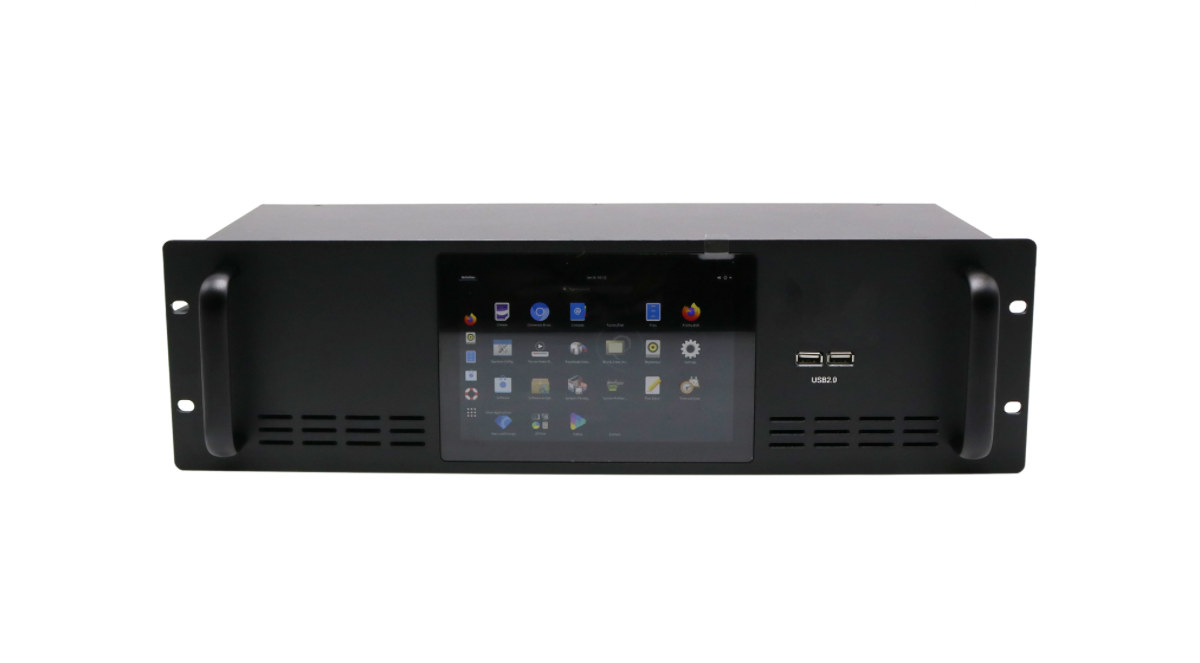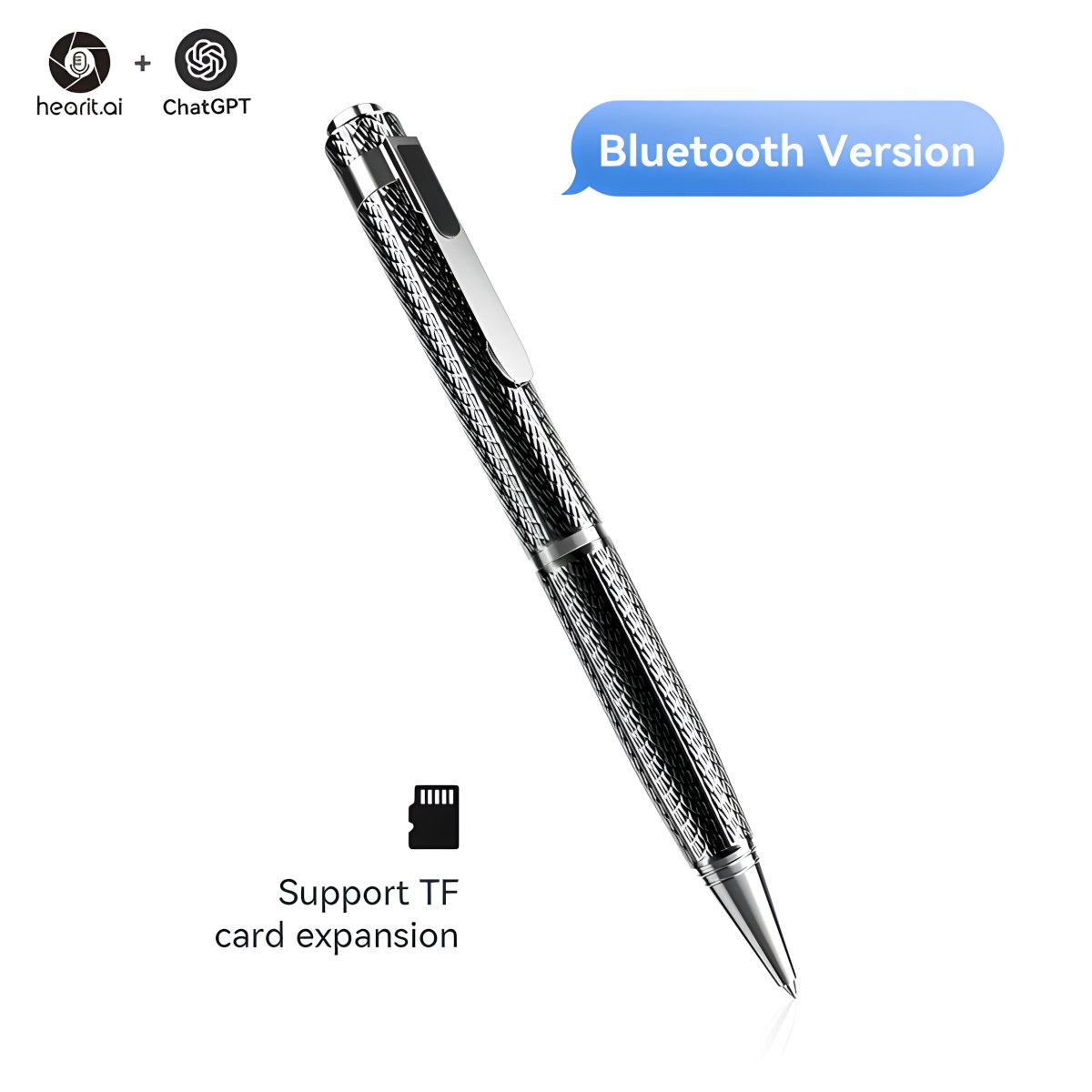OpenMV has launched two new edge AI camera boards programmable with MicroPython: the OpenMV AE3 powered by an Alif Ensemble E3 dual Cortex-M55, dual Ethos-U55 micro NPU SoC, and the larger OpenMV N6 board based on an STMicro STM32N6 Cortex-M55 microcontroller with a 1 GHz Neural-ART AI/ML accelerator. Both can run machine vision workloads for several years on a single battery charge. The OpenMV team has made several MCU-based camera boards and corresponding OpenMV firmware for computer vision, and we first noticed the company when they launched the STM32F427-based OpenMV Cam back in 2015. A lot of progress has been made over the years in terms of hardware, firmware, and software, but the inclusion of AI accelerators inside microcontrollers provides a leap in performance, and the new OpenMV N6 and AE3 are more than 100x faster than previous OpenMV Cams for AI workloads. For example, users can now run object […]
M5Stack Unit Gateway H2 – A tiny ESP32-H2 Thread/Zigbee gateway selling for $6.50
M5Stack’s Unit Gateway H2 is a small Thread/Zigbee gateway powered by the ESP32-H2-MINI-1 module with an 802.15.4 radio for Zigbee 3.0, Thread 1.3, and Matter connectivity. The Unit Gateway H2, also known as Gateway H2 Unit…, can operate as a gateway (e.g. a Thread Board Router) or a terminal device that communicates with a M5Stack device via serial/UART through the Grove interface. It also features a USB-C port for power, firmware flash, and debugging. M5Stack says it’s suitable for smart homes, environmental monitoring, sensor networks, and low-power wireless communication nodes. M5Stack Gateway H2 Unit specifications: Wireless module – ESP32-H2-MINI-1-N2 SoC – Espressif Systems ESP32-H2 CPU – 32-bit RISC-V SoC clocked at up to 96 MHz RAM and storage – 320 KB SRAM, 128 KB ROM, 4 KB LP memory Wireless – 802.15.4 radio with Zigbee 3.0, Thread 1.3, and Matter support. (Note: the ESP32-H2 also supports Bluetooth 5.2 LE/Mesh, […]
UNIHIKER K10 low-cost TinyML education platform supports image detection and voice recognition
UNIHIKER K10 is a low-cost STEM education platform for TinyML applications that leverages the ESP32-S3 wireless microcontroller with vector extensions for workloads such as image detection or voice recognition. The UNIHIKER K10 also features a built-in 2.8-inch color display, a camera, a speaker, a 2-microphone array, a few sensors, a microSD card, and a BBC Micro:bit-like edge connector for power signals and GPIOs. It’s a cost-optimized version of its Linux-based big brother – the UNIHIKER M10 – first unveiled in 2022. Arnon also reviewed the UNIHIKER in 2023, showing how to configure it, use the SIoT platform with MQTT message, and program it with Jupyter Notebook, Python, or Visual Studio Code. Let’s have a closer look at the new ESP32-S3 variant. UNIHIKER K10 specifications: Core module – ESP32-S3-WROOM-1 MCU – ESP32-S3N16R8 dual-core Tensilica LX7 up to 240 MHz with 512KB SRAM, 8MB PSRAM, 16MB flash Wireless – WiFi 4 and […]
Review of SunFounder 10.1-inch touchscreen display for SBCs using Raspberry Pi 5 and Radxa ROCK 5B
SunFounder has just sent us one of their 10.1-inch touchscreen display designed for single board computers (SBCs) for review. It supports the Raspberry Pi family, but not only, thanks to a flexible design that allows mounting all sorts of boards with mounting holes that fit within an 85x70mm area. All you need is a board with HDMI output, a spare USB port for the touchscreen, and 5V USB-C input (up to 5A). So I’ll first test the SunFounder 10.1-inch touchscreen display with a Raspberry Pi 5 (85x56mm), then a larger Radxa ROCK 5 Model B Pico-ITX SBC (100 x 72mm). Since the display can also be used as an external touchscreen monitor, I’ll also try it with my laptop in Ubuntu 24.04 and Windows 11. SunFounder 10.1-inch touchscreen display specifications Key features and specifications: Display Type – IPS LCD Resolution – 1280×800 (16:10 aspect ratio) Touchscreen – 10-point capacitive Viewing […]
u-blox ZED-X20P all-band GNSS module delivers global centimeter-level accuracy at a 90% lower cost (TCO)
Previously u-blox announced the release of the X20 series of all-band GNSS modules, but at the time, the company did not disclose detailed specifications for the module. Recently, they have launched the ZED-X20P all-band GNSS module designed to deliver centimeter-level global positioning at a significantly lower cost, up to 90% less than traditional solutions when considering the total cost of ownership. The module supports L1, L2, L5, and L6 bands across four GNSS constellations (GPS, Galileo, GLONASS, and BeiDou), along with SBAS, QZSS, and NavIC. Additionally, the module is compatible with PPP-RTK, network RTK, and global PPP correction services, along with u-blox’s PointPerfect and Galileo’s free High Accuracy Service (HAS), ensuring precise and flexible positioning. It also features secure boot, signed firmware, encrypted communication, and anti-jamming capabilities, for critical applications. The ZED-X20P maintains the ZED form factor, making the footprint compatible with the ZED-F9P chip for easier upgrades. u-blox says […]
Adafruit Metro RP2350 development board follows Arduino UNO form factor, features HSTX DVI output
The Adafruit Metro RP2350 is a Raspberry Pi RP2350 development board that closely follows the Arduino UNO form factor for compatibility with existing Arduino shields. Key features include 37 GPIOs, a microSD card slot, a 5V buck converter (6–17V input), an onboard RGB NeoPixel, a Stemma QT port for I2C peripherals, a 22-pin HSTX port for DVI video output, and a USB Type-C port for power and data. It also provides a Pico Probe debug port, an RX/TX switch for UART flexibility, and a UF2 bootloader for easy firmware updates. Target applications include IoT projects, embedded system development, hardware prototyping, and educational purposes. Adafruit Metro RP2350 specifications SoC – Raspberry Pi RP2350 CPU Dual-core Arm Cortex-M33 @ 150 MHz with Arm Trust zone, Secure boot Dual-core RISC-V Hazard3 @ 150 MHz Up to two cores can be used at any given time Memory – 520 KB on-chip SRAM Security 8KB of […]
Rockchip RK3588 4K video encoder features four SDI inputs, four SDI loop outputs
Mekotronics R58-4×4 3U is yet another device based on Rockchip RK3588 from the company, but this product is a 4K video encoder with four SDI inputs, and four SDI loop outputs mirroring the SDI inputs. SDI (Serial Digital Interface) inputs are used for transmitting uncompressed, unencrypted digital video signals and typically found in professional video production and broadcasting environments. The SDI interface can also be found in security cameras like the MOKOSE SHD50-2.8-12MM and I can also see it used in cameras designed for live streaming on YouTube, or other services. The main advantages of SDI over interfaces like USB, HDMI, or Ethernet, are that it can use longer cables up to 300 meters, offers better signal integrity, and has near zero latency. Compatibility for professional camera equipment is another advantage. Let’s look at the Mekotronics R58-4×4 3U specifications: SoC – Rockchip RK3588 octa-core processor with CPU – 4x CortexA76 […]
The One Smart AI Pen – A ballpoint pen with Bluetooth and a microphone for translation, LLM integration, note taking (Crowdfunding)
You may have seen the “Sell me that pen. It’s AI-powered” meme if you are a social media user. It may have started as a joke, but Zakwan Ahmad made the meme become reality with “The One Smart AI Pen” which is basically a standard ballpoint pen with a battery, Bluetooth connectivity, a microSD card, and a microphone. The AI part is not exactly inside the pen per se, but in a smartphone’s app called Hearit.ai that allows the user to translate his/her voice input, use a range of LLMs such as ChatGPT, recording a meeting, or taking notes, for example, to schedule events or meetings. The One Smart AI Pen specifications: “AI chip” – Not clear why it’s needed here… unless it transcribes audio into text inside the pen (as opposed to inside the phone) Storage – MicroSD card slot inside the pen Wireless – Bluetooth 5.2 with up […]


